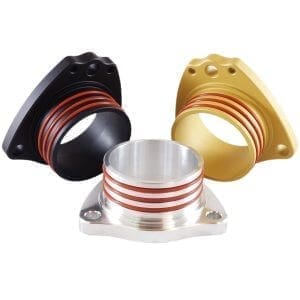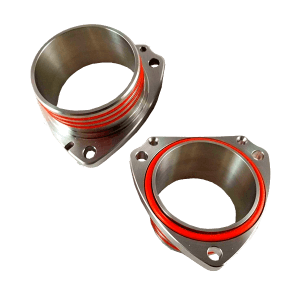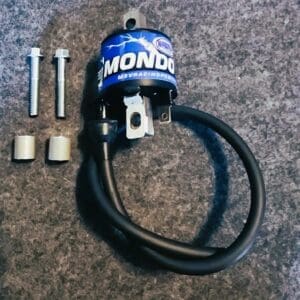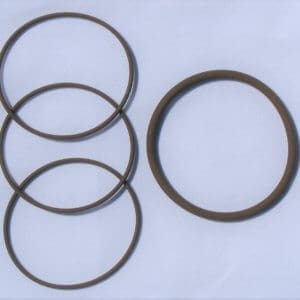 We view waterless coolant as we see Castor 2-stroke oil. Both offer the best performance at the extremes of engine use. A place your engine should never get to.
We view waterless coolant as we see Castor 2-stroke oil. Both offer the best performance at the extremes of engine use. A place your engine should never get to.
If we were going to be running Baja, racing Erzberg Rodeo, taking our snow bike into the backcountry, or adventuring way into the outback where no one was around we would run both of these. Otherwise, in our opinion, there are far better performance options for every other situation.
Our research has led us to both pros and cons of waterless coolant. We will touch on both and you can decide which is right for your situation.
Waterless Coolant Pros:
- Excellent level of temperature protection.
Antifreeze or coolant protects to about -35°F. You then have a boiling point at 252°F depending on your radiator cap PSI. If you’re using a 50/50 coolant, then your temperature maximum is 265°F depending on the radiator cap PSI.
With waterless coolant, your boiling temperature rises to 377°F without the need for pressurization, plus it won’t freeze even if temperatures drop below -42°F.
- Eliminate water-scale buildup.
Even when you use distilled water with antifreeze or coolant, there is still the possibility of scale-forming in your cooling system. Waterless coolant virtually eliminates that possibility.
- It is a proven product.
Waterless coolant has been around for more than 20 years. The protections offered to engines are proven to work. You eliminate the expansion of water as it cools, and its vaporization when heated. The threat of an engine block cracking disappears.
- Vehicles may warm up faster.
Your vehicle warms up faster, which gives you more heat to use in the cab of your side-X-side when the weather turns.
Waterless Coolant Cons:
- The cost is much higher.
For powersports vehicles, this usually is not a real issue, but worth mentioning. If you were to use a standard coolant or antifreeze in your vehicle, the product cost would be around $20+ per gallon. The cost of the waterless coolant is about $40 per gallon.
- Heat isn’t moved as effectively with waterless coolant.
Waterless coolant offers a lower specific heat rating, which means a water-based product will create a faster result in comparison. Compared to water, the specific heat capacity falls into a range between 0.6 to 0.7. That’s why the traditional coolants have been around for so long. The coolant creates a higher boiling temperature for the water depending on the ratio and the radiator cap PSI. This provides you with a layer of protection that is adequate unless the vehicle overheats.
- Engines typically run hotter at the cylinder heads.
It does make an engine run hotter at the cylinder heads. For a high-performance engine, the issue could change conditions by over 100°F and promote detonation hurting performance and engine parts.
- Waterless coolant may reduce your horsepower rating.
With a switch to a waterless coolant, many notice a small drop in the horsepower. Some high-performance engines see a drop of 5% or more. The fluid is thicker. It takes more power to spin the water pump, absorbing power that should be used at the rear wheel or wheels. At the same time, the fuel octane requirement for the engine can increase by up to 7 points, which can further reduce performance if not compensated for.
The cost to correct these issues further increases the overall expense of switching to a waterless coolant.
- There are flammability concerns.
There are also flammability issues reported with waterless coolant when exposed to high-heat like exhaust pipes.












Reader Interactions